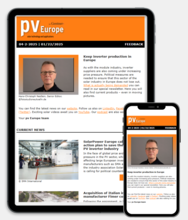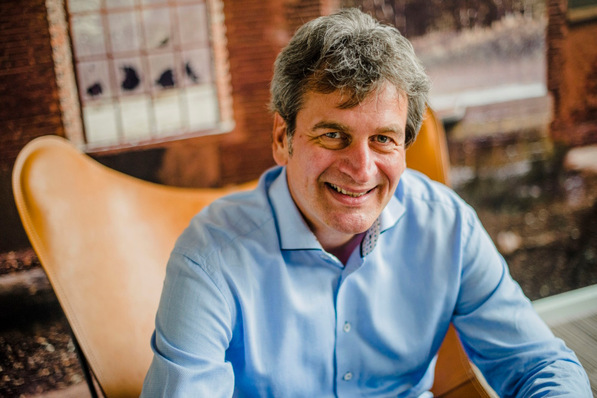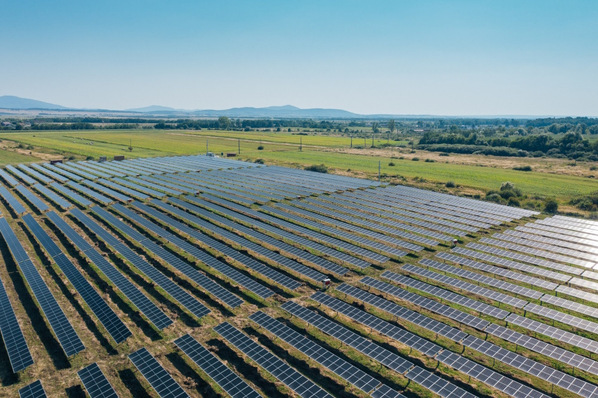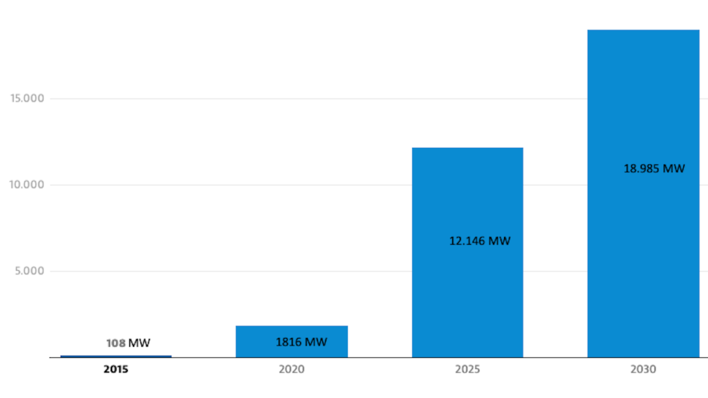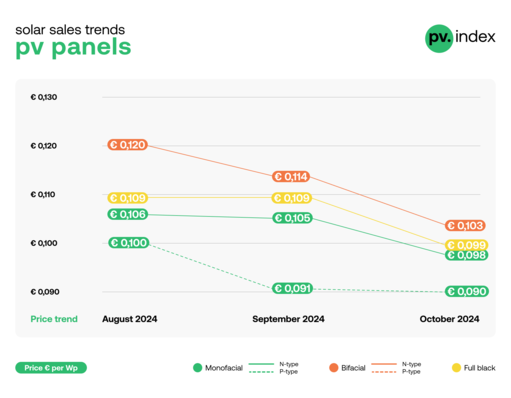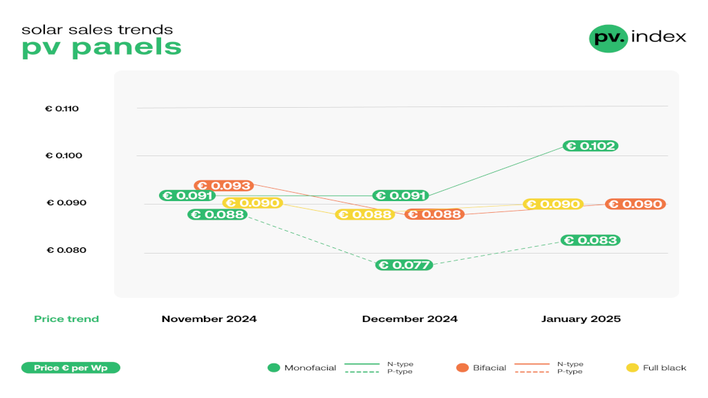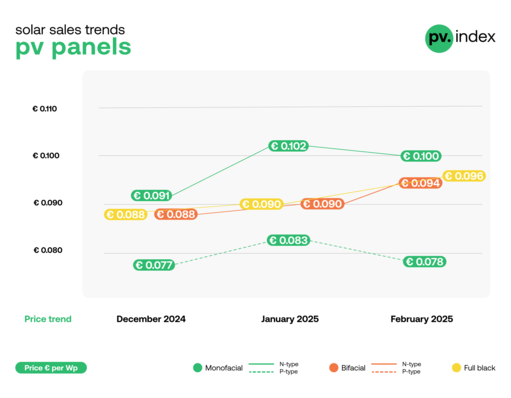GridX, a smart energy company, has published an estimate on the development of the European market for Home Energy Management Systems (HEMS) in 2024. According to the report, the surveyed countries – Denmark, Germany, the UK, Italy, the Netherlands, Austria, Sweden, and Spain – are expected to “grow by a factor of around 11 by 2030.” Whether this prediction holds true will only be clear in 2030. But one thing is already certain: demand is rising swiftly, and the market is growing dynamically.
Regulatory and market requirements
The latest regulatory requirements and market developments are driving growth. Section 14a of the German Energy Industry Act (EnWG), for instance, allows for “dimming” the output of heat pumps, EV chargers, or battery storage systems. A powerful EMS can minimise the need to draw power from the grid by intelligently re-routing electricity from the PV system or storage unit, ensuring that control signals from the grid operator don’t reduce comfort in the home. Electricity customers will only fully benefit from dynamic tariffs if they pair their PV systems with a capable EMS.
The challenge of interoperability
Many questions remain about the interoperability of individual components. So far, there are no universal standards or technical specifications for communication protocols. The advantages of manufacturer-independent products are clear: customers can choose freely from the full range of market options.
Also see: Kärnten Netz – Feed-in connection application processed within 30 minutes
The leading minds of the international energy industry will meet at The smarter E Europe, its four sub-exhibitions, Intersolar Europe, ees Europe, Power2Drive Europe and EM-Power Europe, and the accompanying conferences and programs, where they will talk, debate, do business and network. Throughout, the question of how to ensure maximum interoperability likely to be an intensively discussed topic.
Also see: The smarter E Europe – Save billions with bidirectional charging
In 2018, the OpenEMS Association took a leading role in supporting efforts to create open and manufacturer-independent standards for energy management systems. OpenEMS is not a communication protocol in the manner of EEBus, but a software platform. The Association counts universities and research institutes, grid operators and industry associations as well as energy management companies among its members.
Home energy management in focus
Home energy management will also be on the agenda on the second day of the exhibition, 8 May 2025. Two interactive sessions will explore key aspects of quality in photovoltaics and storage projects, both in the small and utility-scale sectors.
The smarter E Forum will be organizing a dedicated session for prosumer home energy management systems. On Friday, May 9, the key role of HEMS for modern energy management and grid stability will be discussed starting from 1:30pm.
Munich becomes the center of the energy world
In May, at Messe München, innovation will meet practice, and visions will meet concrete solutions. The smarter E Europe shows how the sectors electricity, heat and transportation can be intelligently connected to create a decentralized, digitalized and flexible energy world. From large international corporations and SMEs to tradespeople and start-ups.
Stay informed, get our free newsletter twice a week
The smarter E Europe brings together relevant players from around the world at four exhibitions, showcasing the latest market developments, trends and products. From May 7–9, 2025, Messe München is fully booked – the organizers expect more than 3,000 exhibitors and over 110,000 visitors at the exhibition ground covering 206,000 square meters across 19 exhibition halls and the Outdoor Area. (hcn)


